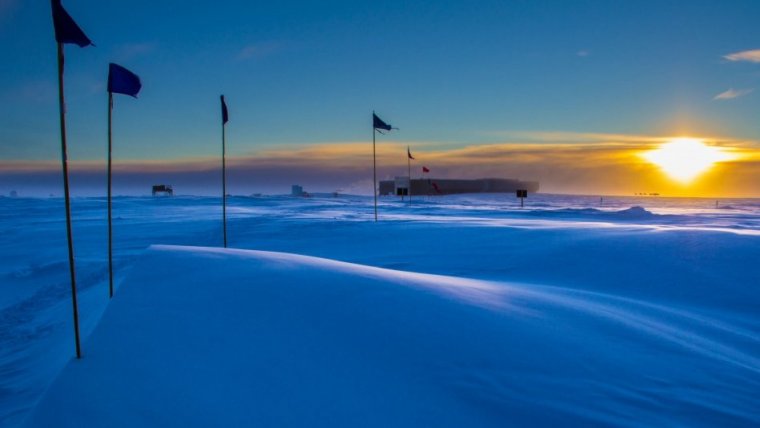| News / Science News |
South Pole is last place on Earth to pass global warming milestone
NOAA | JUNE 22, 2016
The Earth passed another unfortunate milestone May 23 when carbon dioxide surpassed 400 parts per million (ppm) at the South Pole for the first time in 4 million years.
The South Pole has shown the same, relentless upward trend in carbon dioxide (CO2) as the rest of world, but its remote location means it’s the last to register the impacts of increasing emissions from fossil fuel consumption, the primary driver of greenhouse gas pollution.
Global CO2 levels will not return to values below 400 ppm in our lifetimes, and almost certainly for much longer.
Over the course of the year, CO2 levels rise during fall and winter and decline during the Northern Hemisphere’s summer as terrestrial plants consume CO2 during photosynthesis. But plants capture only a fraction of annual CO2 emissions, so for every year since observations began in 1958, there has been more CO2 in the atmosphere than the year before.
Last year’s global CO2 average reached 399 ppm, meaning that the global average in 2016 will almost certainly surpass 400 ppm. The only question is whether the lowest month for 2016 will also remain above 400.
And the annual rate of increase appears to be accelerating. The annual growth rate of atmospheric CO2 measured at NOAA’s Mauna Loa Observatory in Hawaii jumped 3.05 ppm during 2015, the largest year-to-year increase in 56 years of monitoring. Part of last year’s jump was attributable to El Nino, the cyclical Pacific Ocean warming that produces extreme weather across the globe, causing terrestrial ecosystems to lose stored CO2 through wildfire, drought and heat waves.
Last year was the fourth consecutive year that CO2 grew more than 2 ppm – which set another record. This year promises to be the fifth.
YOU MAY ALSO LIKE






